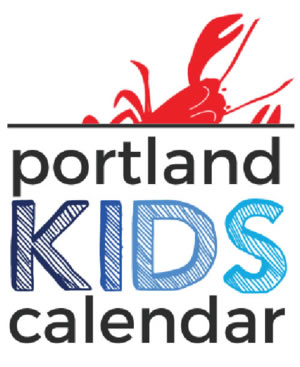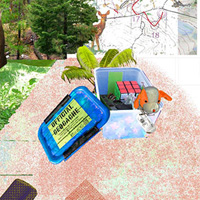Looking for something to do with the kids at home or on vacation? Try geocaching (pronounced geo-cashing), a scavenger hunt with a high-tech twist.
What’s Geocaching?
Geocaching is an outdoor game that uses a Global Positioning System (GPS) receiver. It’s an inexpensive, interactive experience that has players finding — and hiding — containers called caches. While kids run around, they can learn more about their town’s geography or explore a new area they’re visiting.
What’s a Cache?
Caches are containers that have been hidden by fellow geocachers — anyone can do it. The person who initially hides the cache posts its GPS coordinates on geocaching.com, which is how you know where to look. Caches are everywhere — there are 900,000 worldwide! To give you an idea, there are over 1,300 caches hidden Durham, New Hampshire alone!
What’s in a Cache?
It can be anything, big or small. There’s always a logbook or paper scroll to sign, along with notes from the cache’s previous discoverers. Leave your own funny messages! Often the cache contains small treasures, like maps, books, CDs, pictures, jewelry or games. You might also find a “travel bug,” an item that’s meant to be taken from one cache and placed in another.
What Kind of Equipment Do We Need?
Once you’ve gone to geocaching.com to find the coordinates where your cache is located, you’ll need a GPS unit or GPS-enabled mobile phone (iPhones are great for this!).
There are also some units that come preloaded with coordinates.Basic GPS handhelds start at around $100. The new Geomate.jr ($70) is an easy-to-use unit designed specifically for geocaching families. It’s already preloaded with coordinates of about 250,000 geocaches across the U.S., which means you don’t need an Internet connection. The Garmin eTrex H ($100) is a popular choice, with good reception and simple directions. For more info, visit gpsinformation.net.
If you want to try geocaching before buying a GPS, rent handheld units for as low as $4 a day (without shipping), from companies like gps4rent.com, gpsrentals.biz, and gpsrental.lowergear.com.
How Do We Start Geocaching?
Sign up for free at geocaching.com. Enter your ZIP code and how many miles you’d like to venture from home (or from where you’re staying). Press Go and you’ll find a slew of listings — often hundreds — of nearby caches.
How to Pick a Cache?
Online you’ll find listings of cache locations with GPS coordinates, along with clues to help you find them (cache size, type and color of container; distance from trails or well-known landmarks). Most listings will even tell you where to park your car to begin the search. Listings also have difficulty ratings. For your first adventure, start with an easy cache in a familiar neighborhood or local park.
How to Find Your Cache?
Enter the coordinates of the cache on your GPS and use clues to arrive at the spot. Once you’ve located the cache, be sure to sign the logbook and put the cache back exactly where you found it. You may also want to share your experience when you get home by writing about it on geocaching.com.
Geocaching Rules
Take a picnic, enjoy the spot and get into the game! But follow these rules:
*Cache in, trash out — and pick up any other litter you find along the way.
*If you remove an item from the cache, replace it with something of equal value.
*Always jot your name in the logbook.
*Return the container exactly where you found it.
This is a GREAT family activity which can last for one hour or ten! And it’s FREE! Good ol’ family bonding time doesn’t need to cost a thing.
Geocaching instructions and tips were borrowed from the April 1, 2010, issue of Family Circle magazine.





